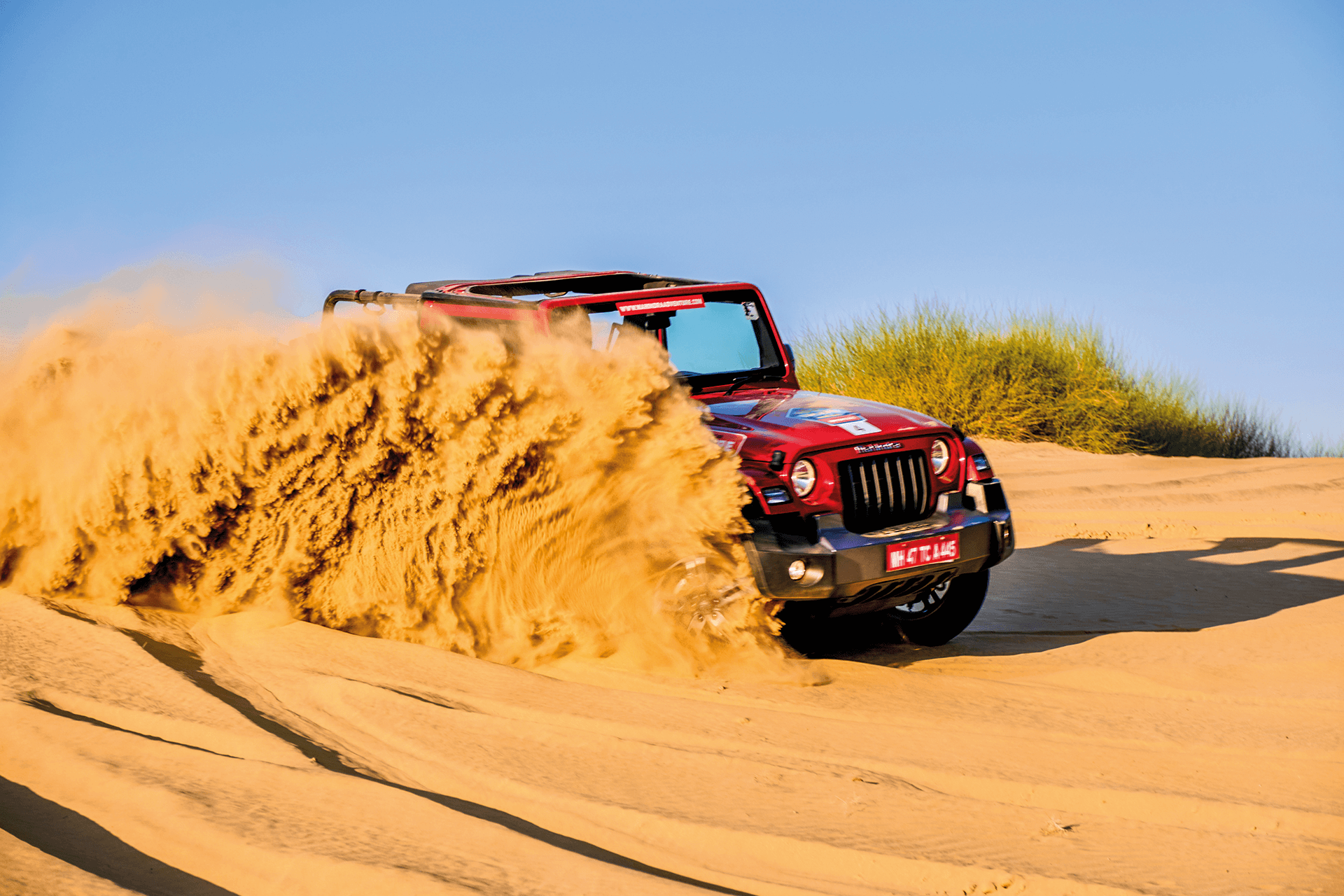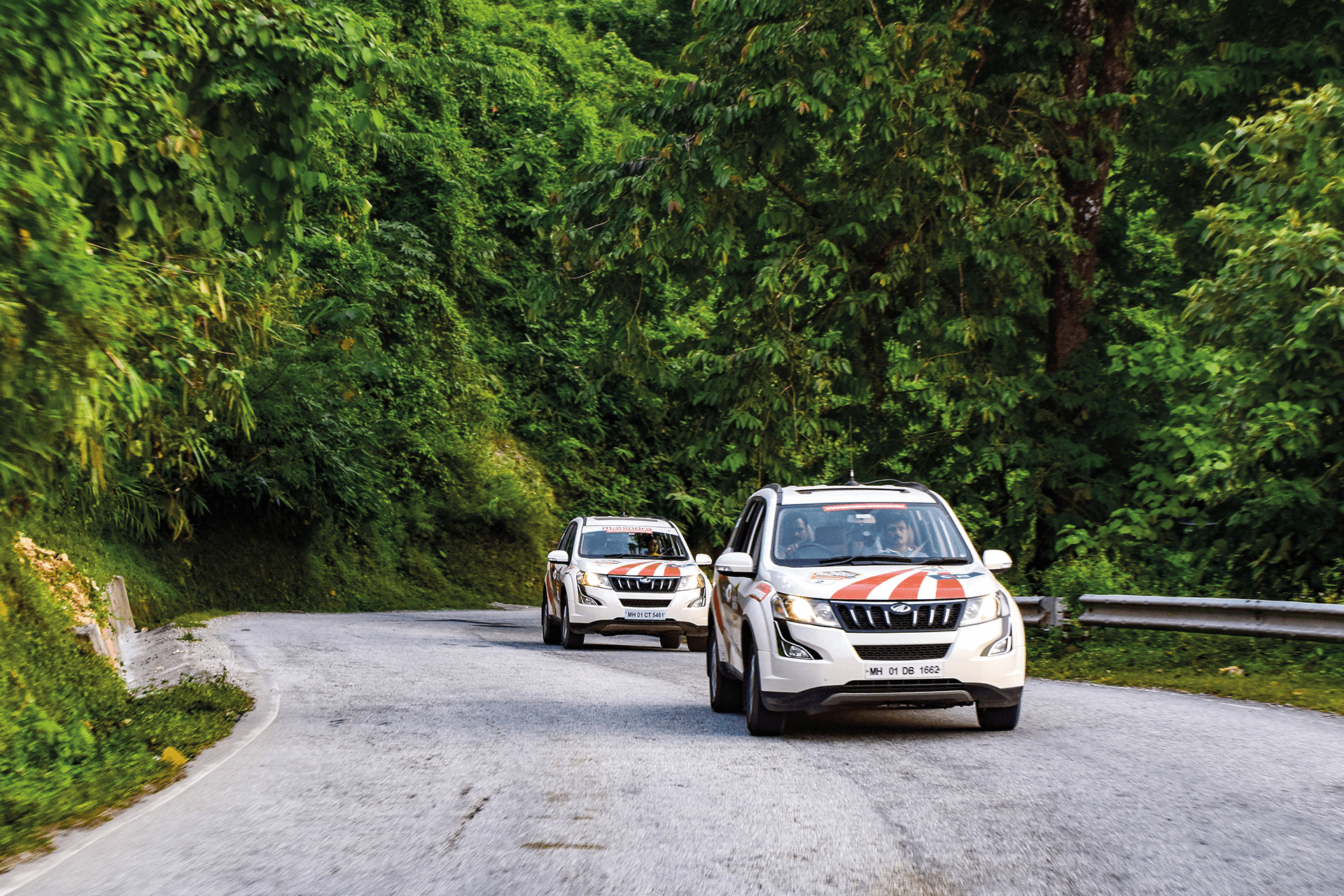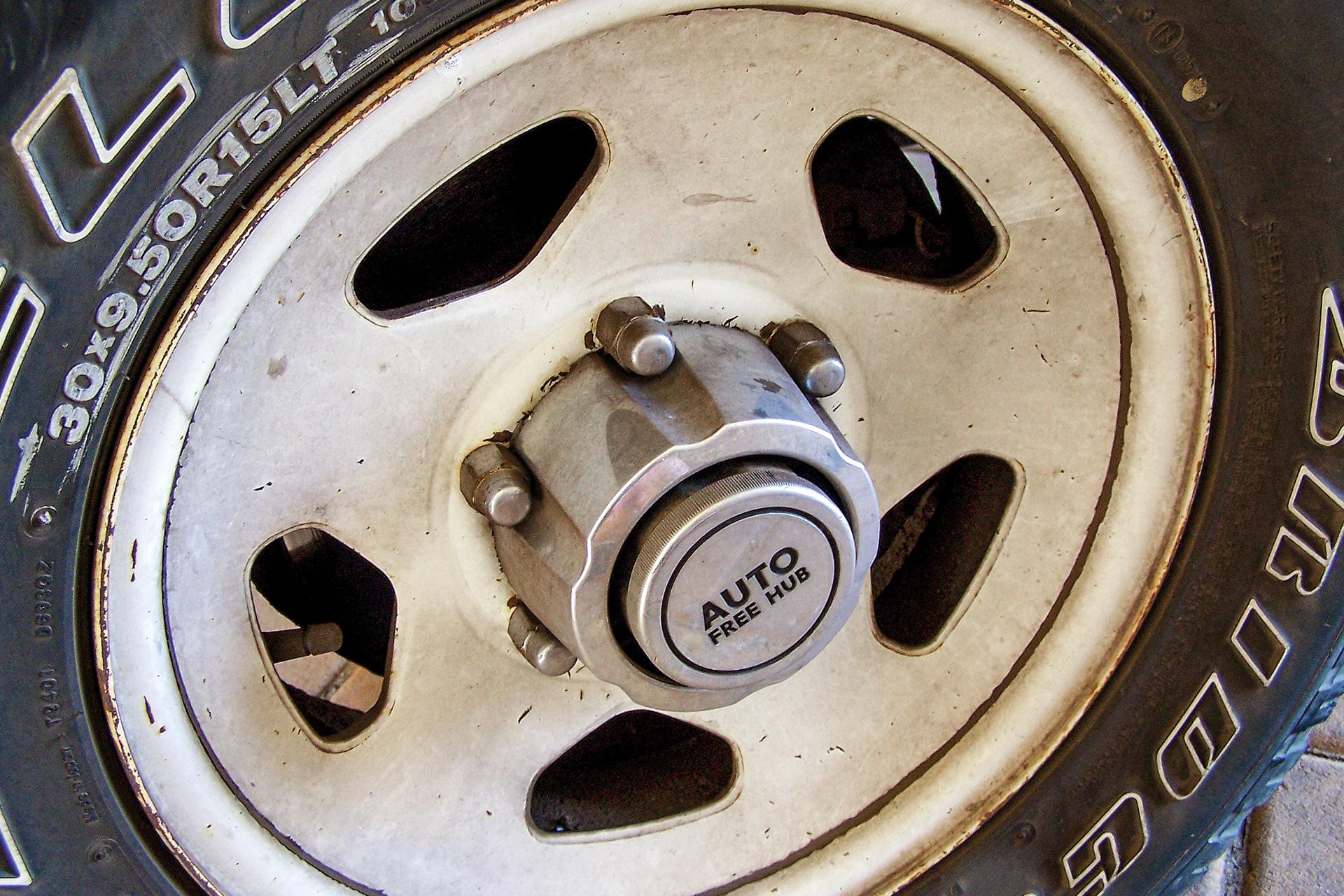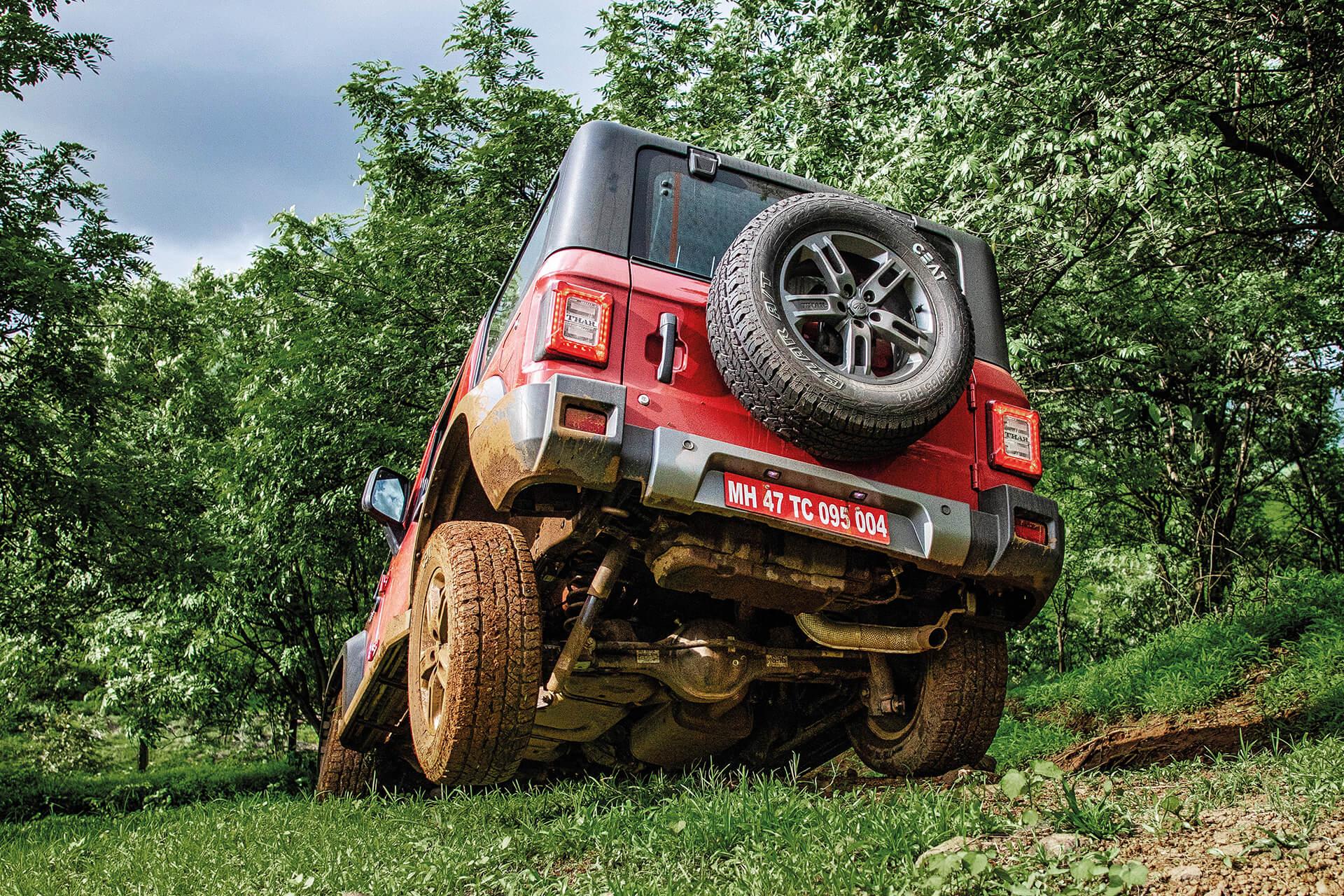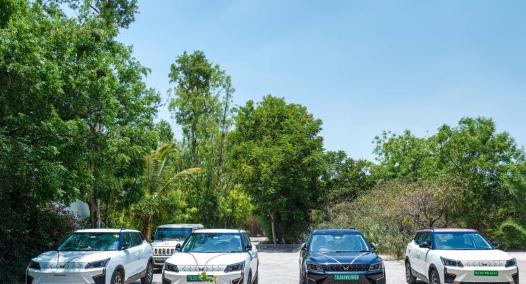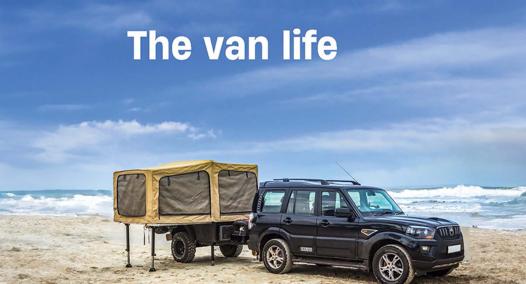AWD on demand
AWD (All-wheel-drive) on demand as the name suggests, kicks in only when there is loss of traction on the primary driven wheels. This happens without the driver’s intervention. In case of an XUV500 AWD, when the front driven wheels lose traction, the power is automatically transferred to the rear wheels in addition to the front for maximum traction. In an AWD on demand, there is no separate transfer case attached to the main gearbox. There’s a clutch pack inside a unit called the Integrated Torque Management control (ITM) that senses the slip and allows the power to flow to the rear wheels with a 50 per cent split between both the axles. Here too, there are two differentials. Usually, 4WD low ratio is absent in such kind of systems as the cars having this aren’t meant for hardcore off-roading.
True AWD & Full-time 4WD
True AWD and full-time four-wheel-drive system keeps the 4WD engaged on both high traction and low traction surfaces. There is no option of running the vehicle in 2WD mode at all. This system is usually an overkill for regular not-so-powerful SUVs. A full-time 4WD could be differentiated from an AWD system by way of presence of a low ratio transfer case. Full-time 4WD is usually found on big bulky high-end SUVs. They have three differentials: one on each axle, and one in the transfer case. More money buys you differential locks on either axles or on all of them depending on how hardcore the vehicle is meant to be.
What is a differential?
A differential is the mechanism that sits inside the big ball that you see between the rear wheels of the truck that you were following. All modern road going vehicles have differentials.
A vehicle’s wheels spin at different speeds when turning. Through the turn the inside wheels travel a shorter distance than the outside wheels and that means the wheels that travel a shorter distance travel at a lower speed. A differential is what allows the wheels across the same axle to turn at different speeds. Simply put, it allows a difference in wheel speeds and that is where it also gets its name from. This type of differential is known as an open differential and is what most road-going cars use.
Off-road however the scenario changes somewhat. I am sure you have seen situations where a vehicle is trying to go across a deep rut and it lifts a wheel off the ground. In this kind of situation the open differential, because of its design, sends all the power to the wheel that is in the air. This is where you need a differential lock.
Understanding diff locks
The differential-lock mechanism is meant to negate the very purpose of existence of a differential. The diff-lock mechanism is placed inside the differential and works by locking the left and right wheel together (exactly like if there were no differential in the first place). Locking the wheels together forces the engine to send its power to the wheel that has traction (the one on the ground) and that wheel will help push the vehicle out and across the ditch. Most modern SUVs try to ditch the heavier and mechanical differential lock systems in favour of electronic traction control mechanisms that come into play without the driver’s intervention. Traditional hardcore SUVs however still feature differential locks on all three ends in some cases. Successful operation of manual diff locks however requires a bit of experience to avoid breaking axles which can be a big assault on the wallet.
Hub locks
The primary purpose of a hub lock is to disconnect the front axle from rotating constantly in 2WD mode thereby reducing the drag and wear and tear of the mechanicals while you are driving on the road. Common type of front axle disconnect mechanisms employed are manual hub locks, auto hub locks and electric front axle disconnect systems.
Old-school Mahindras had fixed flange systems from the factory. This meant the front axles and all the related parts will continue to rotate even if 4WD is not active. Only in this case, the rotational forces would be coming from rolling on the road and not the engine. Except for the Mahindra Classic and the Army MM550 pre-NGCS, no old-school Mahindra was offered with hub locks from the factory. The reasons were simple, these vehicles were not supposed to do more than 110kmph, reliability and low cost was more important than sophistication for the workhorse 4WDs. Mahindra Bolero pick-ups even to this day in BS6 avatar do not offer free wheeling hubs for the sake of durability, reliability and maintenance costs. However performance-oriented vehicles on the other hand such as the THAR CRDe followed the Mahindra Scorpio’s footsteps by offering auto hub-locks (which connect and disconnect automatically using a centrifugal clutch) and the all-new Thar 2020 offers electric front axle disconnect that auto engages and disengages the axle inside the diff-tube without manual intervention. Front axle disconnect mechanism avoids hub lock protrusion at the far ends of the axle thereby also reducing the scope of damage in case of hardcore off-roading.
That’s a fair bit of tech that we have covered today but the most important thing you need to take away from this article is that different vehicles have different systems. It is important that you know what system your vehicle uses so that you can use it effectively when driving off-road.

